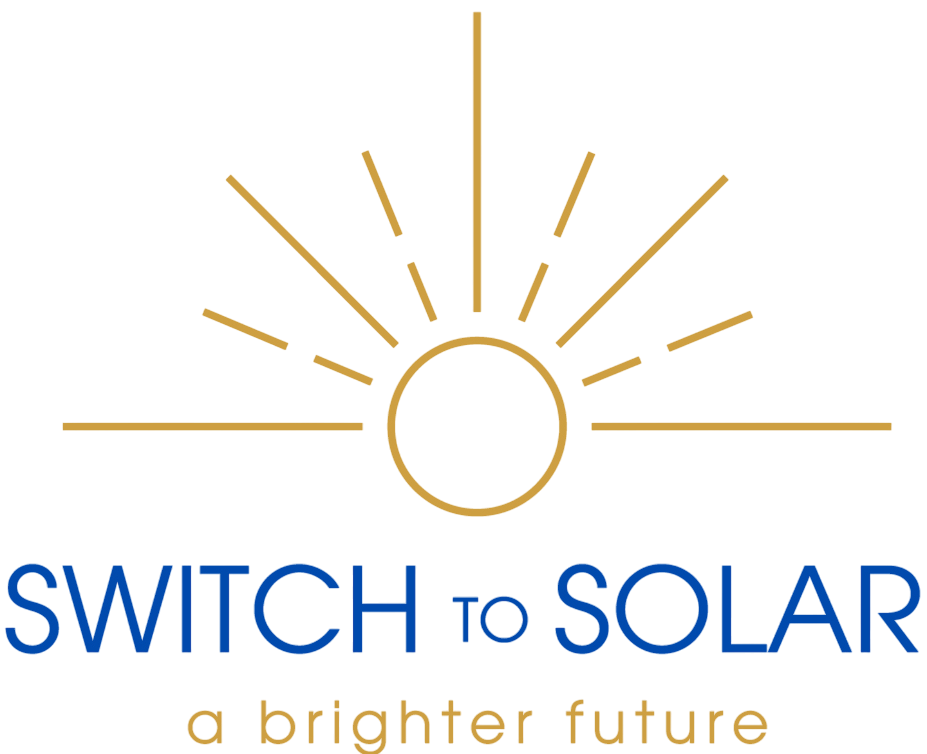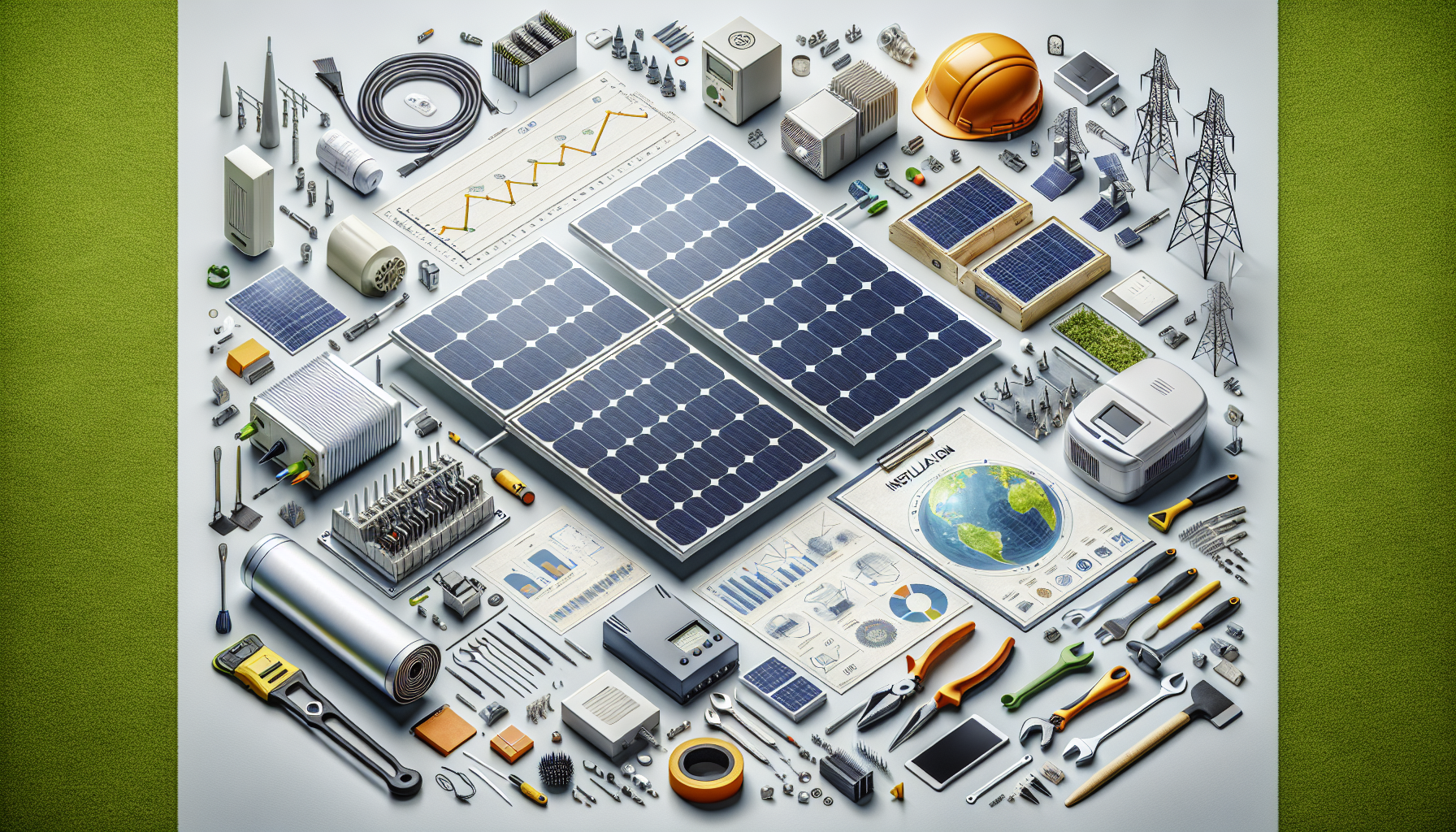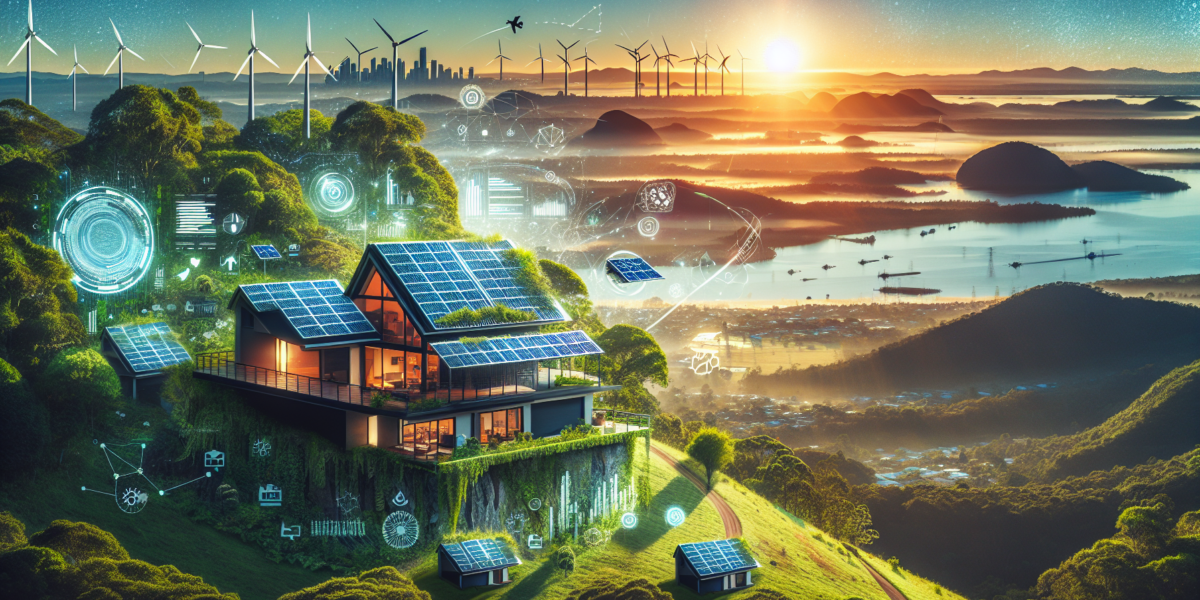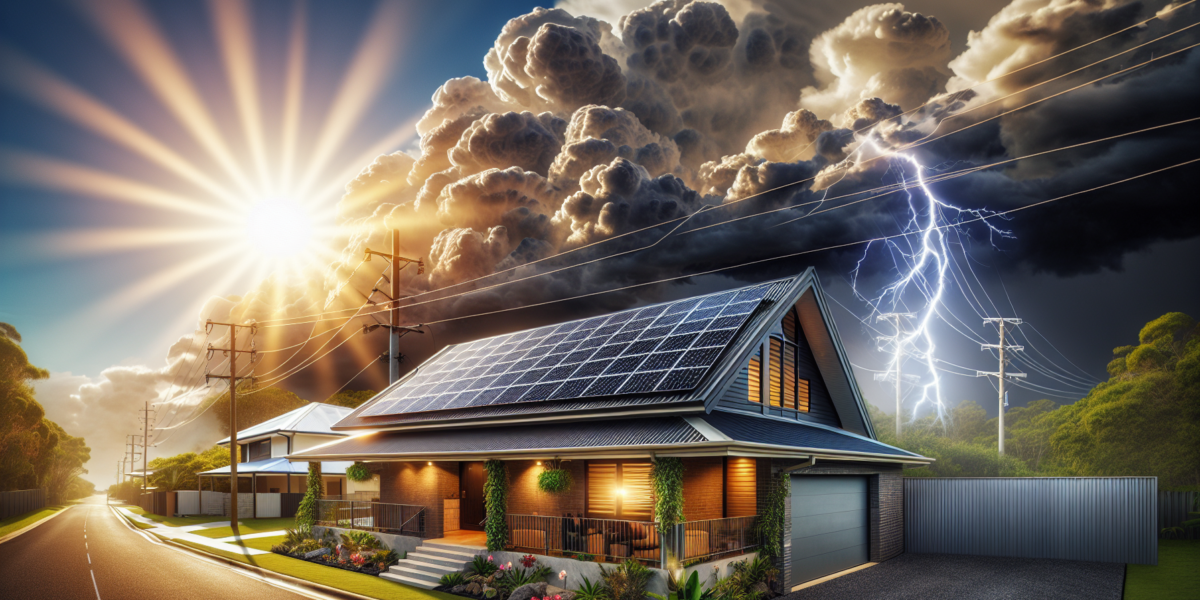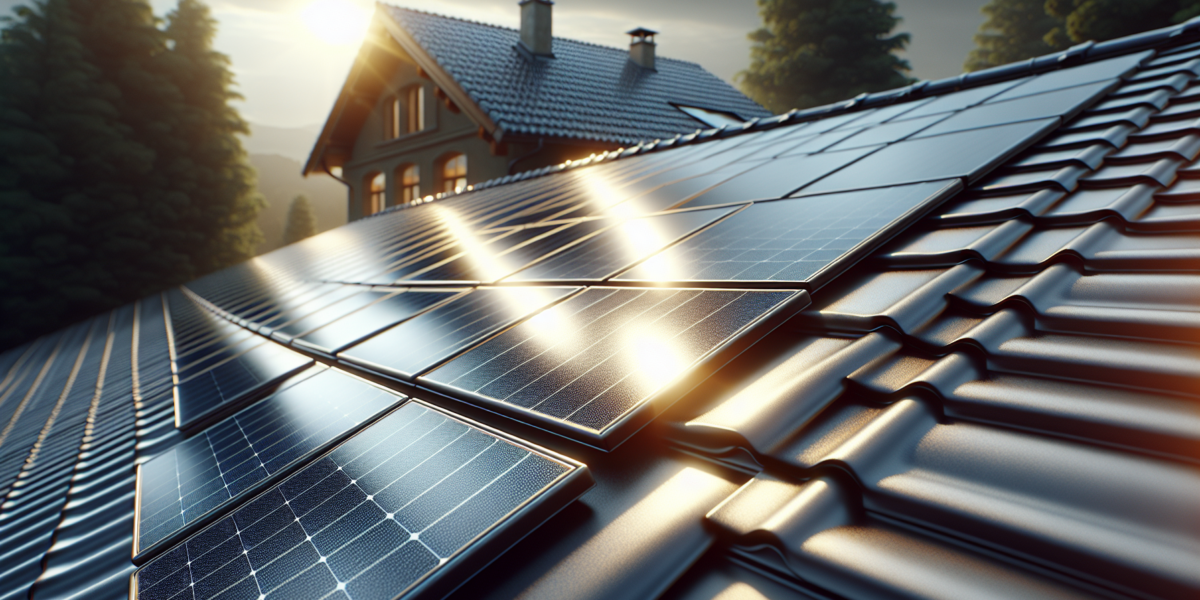In today’s world, where sustainability and eco-friendliness are becoming increasingly important, solar energy has emerged as a popular and viable alternative to traditional sources of power. If you’re new to the concept of solar energy and wondering how it all works, you’ve come to the right place. In this beginner’s guide, we will delve into the fascinating world of solar energy, exploring how it works, its benefits, and why it’s a smart choice for both individuals and the planet.
Understanding Solar Energy
Solar energy is derived from the sun’s radiation, which is harnessed using solar panels. These panels are made up of photovoltaic cells, which convert sunlight into electricity through a process called the photovoltaic effect. When sunlight hits the solar panels, the photons in the light are absorbed by the cells, knocking electrons loose from their atoms. This flow of electrons creates an electric current, which can then be captured and used as a source of power.
Components of a Solar Energy System
A typical solar energy system consists of several key components, including solar panels, inverters, racking, and a monitoring system. Solar panels are the most visible part of the system, as they are responsible for converting sunlight into electricity. Inverters play a crucial role in converting the direct current (DC) generated by the panels into alternating current (AC) that can be used to power appliances and devices in your home. Racking is used to mount the solar panels securely on your roof, while the monitoring system allows you to track the performance of your solar energy system in real-time.
Benefits of Solar Energy
There are numerous benefits to switching to solar energy, both for individuals and the environment. One of the most significant advantages is the potential for long-term cost savings on your electricity bills. By generating your own electricity from the sun, you can reduce or even eliminate your reliance on the grid, saving you money in the long run. Additionally, solar energy is a clean and renewable source of power, which can help reduce your carbon footprint and contribute to a healthier planet for future generations.
The Installation Process
If you’re considering installing a solar energy system on your property, the process typically involves several steps. First, a site assessment will be conducted to determine the suitability of your property for solar panels. Next, the design and permitting phase will take place, where the layout of the system is planned, and any necessary permits are obtained. The installation itself usually takes a few days to complete, after which your system will be connected to the grid, allowing you to start generating your own clean energy.
Maintenance and Care
Once your solar energy system is up and running, it requires minimal maintenance to keep it operating efficiently. Regular inspections and cleaning of the solar panels are recommended to ensure optimal performance. Additionally, monitoring your system’s output and keeping an eye on your energy bills can help you identify any issues early on and address them promptly. In the rare event that repairs are needed, most reputable solar companies offer warranties and service plans to cover any unexpected costs.
In conclusion, solar energy is a sustainable and cost-effective alternative to traditional sources of power, offering numerous benefits to both individuals and the environment. By understanding how solar energy works and the steps involved in installing and maintaining a solar energy system, you can make an informed decision about whether solar power is right for you. If you’re ready to make the switch to solar, contact us at Switch To Solar to learn more about how we can help you harness the power of the sun for a brighter, cleaner future.
